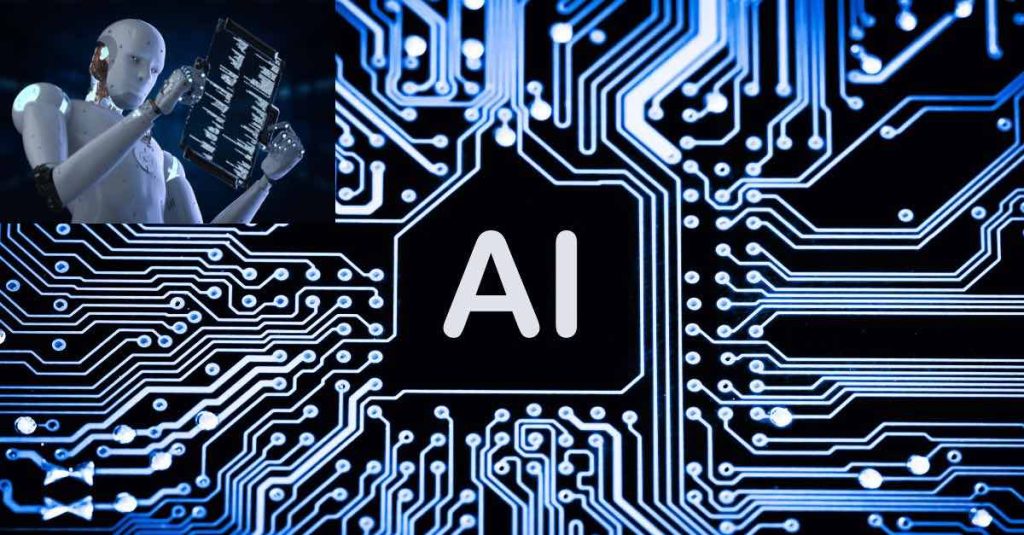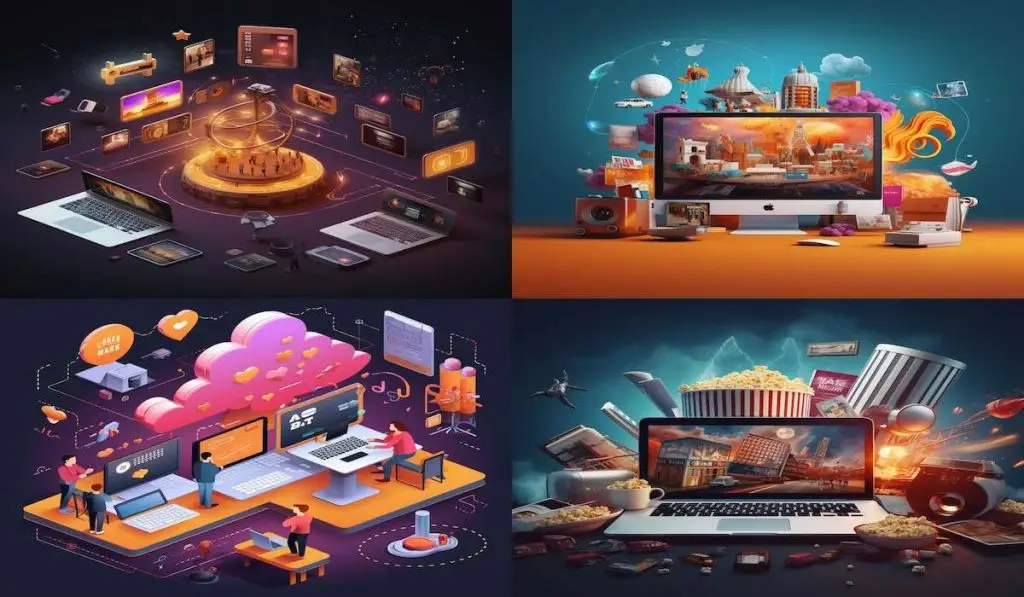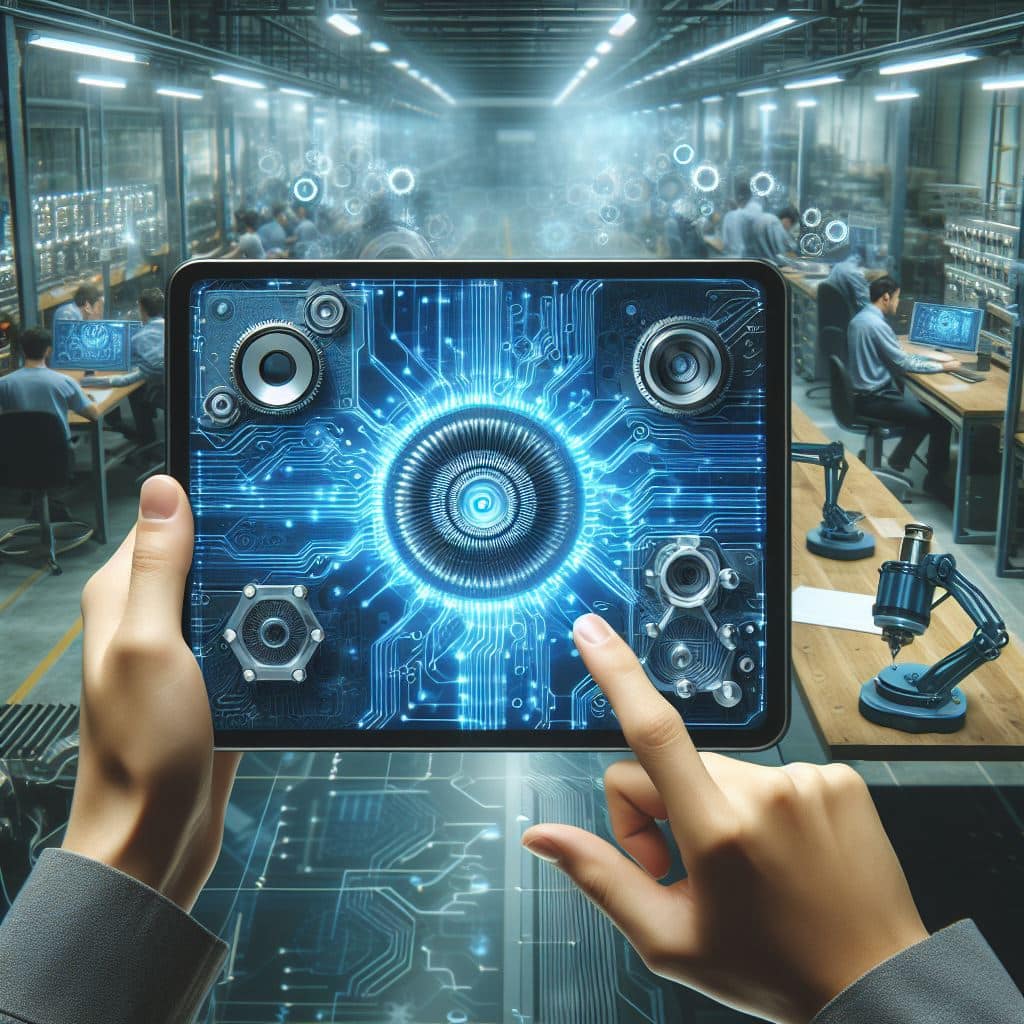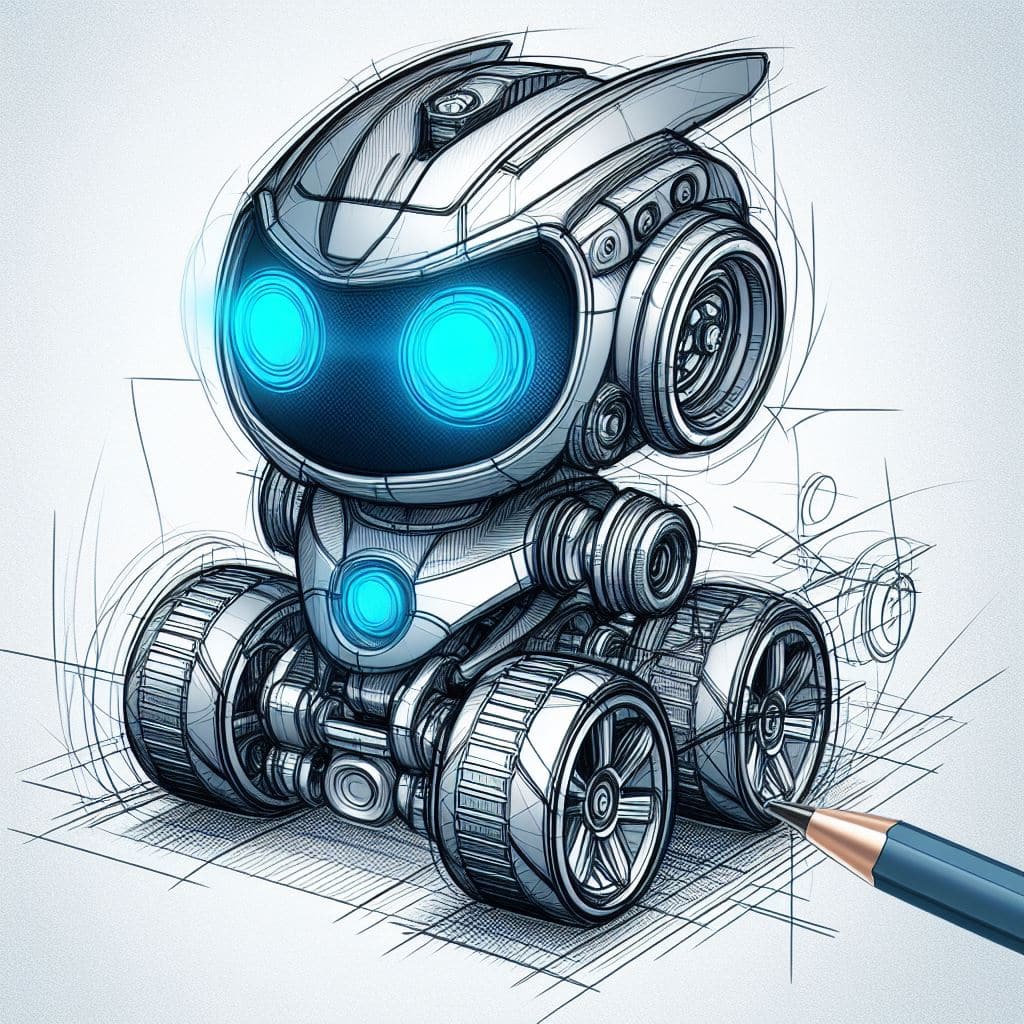The Evolving Landscape: Top 5 Trends in EMS
The world of electronics manufacturing services (EMS) is undergoing a dynamic transformation. Read our Ultimate Guide to Electronics Manufacturing Services to learn a little about the history and current state of EMS.
New trends are redefining how electronic products are designed, produced and delivered. Technological advancements, globalization and ever-evolving consumer demands are fueling these trends.
This blog delves into the Top 5 Trends in EMS, equipping you with insights into the future of electronics manufacturing.
1. The rise of Generative AI and robotics in manufacturing
Industry 4.0 is bringing a new generation of autonomous robots that are programmed to do specific tasks without human intervention. These include mobile robots for pick and place operations and inventory scanning drones. They are equipped with advanced software, machine vision, AI and sensors and are able to perform highly complex and delicate tasks taking inputs from their environment. Read more about it here. In our previous blog we covered how Generative AI is transforming the electronics manufacturing industry.
Generative AI is transforming the areas of Digital Twins, Supply Chain, Predictive Maintenance, Customer Support and PCB design.
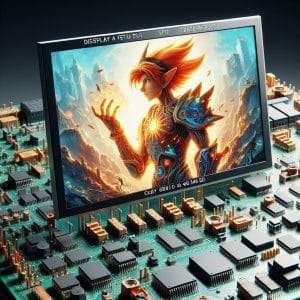
2. The Internet of Things (IoT) Revolutionizing Manufacturing
The integration of IoT devices and sensors into production lines is transforming EMS. These connected devices collect real-time data on equipment performance, resource utilization, and environmental conditions. This data empowers EMS providers to gain deeper insights into their operations, enabling predictive maintenance, reducing downtime, and optimizing production efficiency. In addition, IoT-enabled equipment facilitates remote monitoring and control, allowing for greater flexibility and adaptability in manufacturing processes.

3. Sustainability Takes Center Stage
Environmental concerns are driving a growing focus on sustainable manufacturing practices within the EMS industry. Consumers are increasingly demanding eco-friendly products and responsible production processes. EMS providers are responding by adopting sustainable sourcing of materials, implementing energy-efficient technologies, and minimizing waste through recycling initiatives. For example, design-for-environment (DfE) principles are being integrated into product development to create products that are easier to disassemble, recycle, and reuse at the end of their lifespans.

4. Advanced Materials and Miniaturization: Pushing the Boundaries
The relentless pursuit of smaller, more powerful electronics is driving innovation in materials science. EMS providers are exploring new materials like graphene and nanomaterials that offer unique properties, enabling the development of lighter, more energy-efficient, and high-performance electronic components. In addition, miniaturization techniques are allowing for the creation of increasingly compact and complex electronic devices, paving the way for a new generation of innovative products.
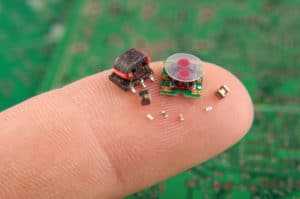
5. 3D Printing and Immersive Technologies: Redefining Manufacturing
Manufacturing is being transformed by 3D printing. This technology allows for rapid prototyping, on-demand production, and the creation of complex geometries that are difficult or impossible with traditional manufacturing techniques. While 3D printing may not yet be suitable for mass production, it offers immense potential for customization, low-volume production runs, and the development of innovative new electronics. Likewise, immersive technologies like Virtual Reality (VR) and Augmented Reality (AR) are being explored for training purposes, remote collaboration, and visualizing product designs within the EMS industry.
The Road Ahead: Embracing Change and Innovation
The future of EMS is bright, fueled by continuous innovation and a commitment to meeting evolving customer needs. By embracing these Top 5 Trends in EMS, providers can ensure they remain competitive in a rapidly changing landscape. The key lies in adaptability, a focus on sustainability, and a willingness to invest in new technologies that will shape the future of electronics manufacturing.
Download our brochure here.



